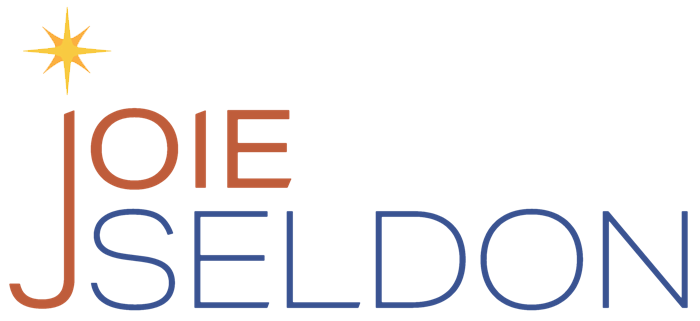
There are three primary ways we humans tend to orient our self-identity:
– Spirit/Soul
– Mind/Thinking
– Psyche/Psychology
A well-rounded person is conscious of all of these aspects of being. What is included more often these day, yet still does not have equal footing is:
– Soma/Body
We are embodied beings. Every experience we have, every thought, happens in and to our body. This is what has been at the leading edge of modern psychotherapy in the form of Somatic Psychology.
I had never heard of Somatic Psychology until I entered a grad school psychology program in 2002 seeking to deepen my emotions work. Turns out that my school had one of only two somatic psychology masters programs in the U.S. at that time. I started taking somatic electives and quickly changed my major.
We tend to think everything stems from the mind, but the body is equally powerful in causing behavior. One simple yet profound thing I learned is that the body’s top priority is survival. It tends to interpret things that represent change or possible loss or pain as a major threat. It’s a just-in-case protective response. This can cause a lot of non-productive behavior.
There are three keys to calming your body and grounding yourself in moments when you are emotionally charged or simply unfocused:
KEY #1: KNOW YOUR BODY
Each primary emotion has a specific type of activation in your body. If you pay attention, you can recognize the specific way you feel when you are stressed, anxious, feeling fear or anger. I know I’m stressed when my movements are quick or jerky or I can’t focus. When I start feeling hot I’m getting angry. Many people’s stomach churns or tightens when they’re anxious. Instead of trying to get rid of those sensations, turn towards them, acknowledge them, say hello even! They’re calling your attention for a reason.
KEY #2: LEAD YOUR BODY
The quickest and most effective way to stay calm when stressed or in emotionally challenging situations is to consciously lead your body. Tension causes energy to rise and your focus to be around the head, neck and shoulders.
To counteract this, consciously direct your attention to the lower part of your body. There is a saying in Qi Gong – yi dao qi dao – WHERE AWARENESS FLOWS ENERGY GOES. When you put your attention to the lower part of the body energy begins to flow there and helps you breathe deeper. This sends a message to the brain that you are safe and the tension lessens.
KEY #3: MOVE YOUR BODY
Depending on your circumstances you can simply become aware of the bottom of your feet and the sensation of them in your shoes or pressing on the floor, go for a walk, shake your legs (or whole body), or breathe down into the lower part of your belly. One of my favorites is called Moola Bunda. Put your hands on your hips and move your hips in a circle, like you are moving a hula-hoop. (If you’re not old enough to know what a hula hoop is, look it up!) Imagine energy flowing down your legs.
There’s an added bonus of disrupting tension in your body and shifting your emotional state. It breaks habits of automatic responses that don’t serve you. We all have conditioned habits of behavior when it comes to how we deal with anger, fear, sudden change, other people’s triggering behavior, etc. This is how we service.
I was not intending to become a therapist. I had begun teaching an acting class called Accessing Your Emotions and it didn’t take long to realize what a profound impact it was having on my students. Their acting skills improved but they also came to me privately to share things they discovered about themselves or the positive impact it was having on their relationships.
That’s when I thought I better understand psychology more.
Last week I wrote an article about the link between childhood trauma and problematic adult behavior at work.
If the trauma history is not severe, a lot of the old conditioning can be dismantled through self-awareness, reinforcing self-competency, and working with tools that calm the body and the nervous system. And, by strengthening thinking and behavior that creates a sense of safety while promoting self-esteem and self-confidence.
